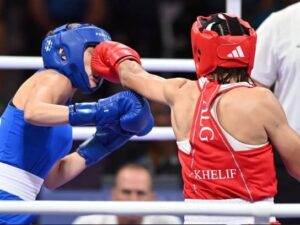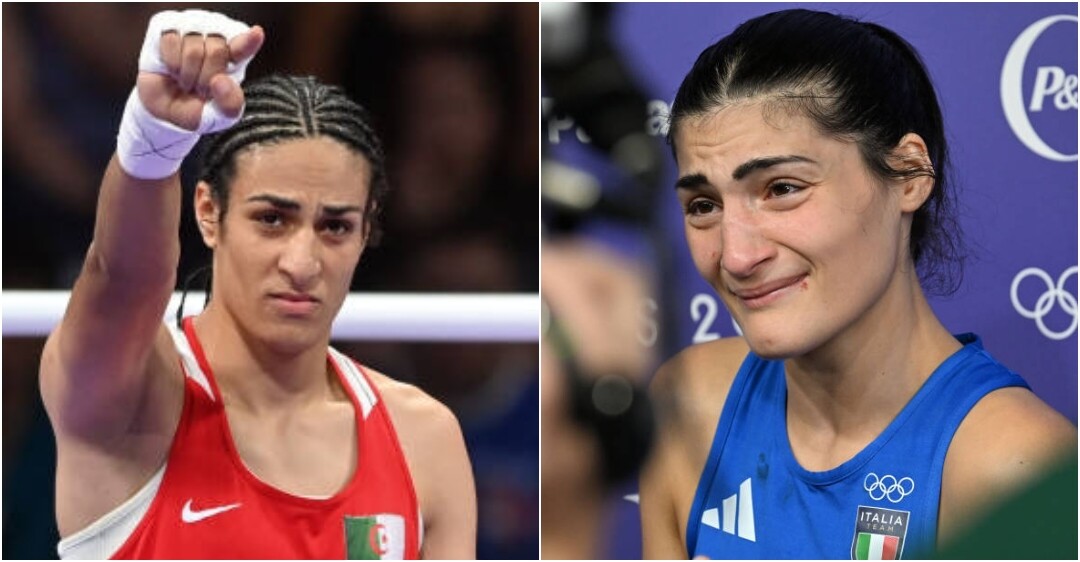Controversy Engulfed as Algerian Boxer Advances Amid Gender Debate
The Paris Olympics has been thrown into turmoil following a highly contentious boxing match in women’s section. Algerian fighter Imane Khelif advanced to the quarterfinals of the women’s 66kg category after her Italian opponent, Angela Carini, abruptly withdrew just 46 seconds into the bout.
Carini, visibly distressed, returned to her corner after a brief stoppage to adjust her headgear. She subsequently retired from the match, refusing to shake hands with Khelif before breaking down in tears. It wasn’t an nice view for Olympics because after so much hard to win a medal for her country, she had to withdraw.
The Algerian boxer had landed only two punches to the head during this short period, but an Italian coach later claimed Carini suffered a severe nose injury.
The incident has reignited a fierce debate surrounding Khelif’s eligibility to compete in the women’s category. Last year, she was disqualified from the Women’s World Championships after failing a gender test, which the International Boxing Association (IBA) later claimed was unrelated to testosterone levels.
The organization maintained that Khelif possessed “competitive advantages over other female competitors.”

Despite the controversy, the International Olympic Committee (IOC) has insisted that all female boxers competing in Paris adhere to eligibility rules. This stance has drawn criticism from some athletes, including Australian boxer Caitlin Parker, who expressed concerns about the potential dangers of such disparities in combat sports.
The Algerian Olympic Committee has vehemently defended Khelif, condemning “malicious and unethical attacks” against the boxer. The inclusion of Khelif and fellow controversial competitor Lin Yu-ting of Taiwan in the Paris Olympics echoes the ongoing debate surrounding South African runner Caster Semenya, who faced similar challenges due to her naturally elevated testosterone levels.
As the controversy surrounding Khelif deepens, questions about fairness, safety, and the complexities of gender in sports continue to dominate the conversation.

